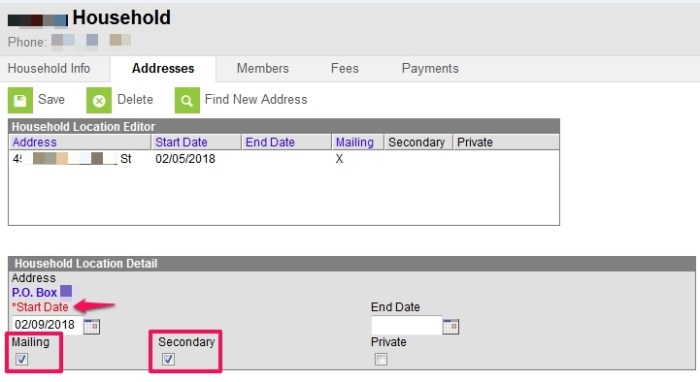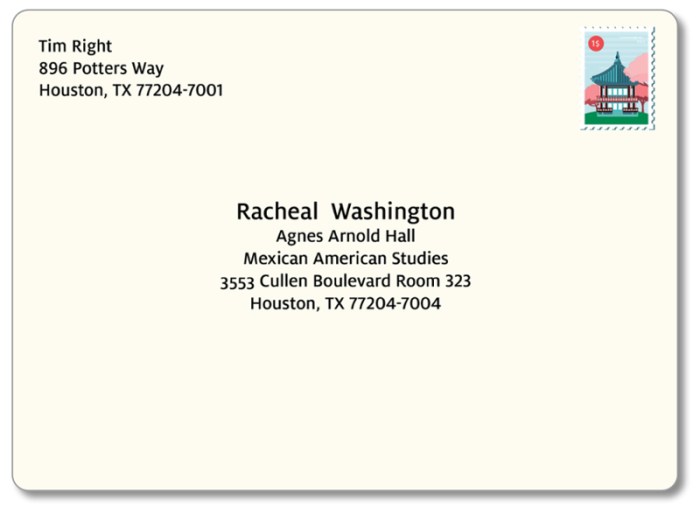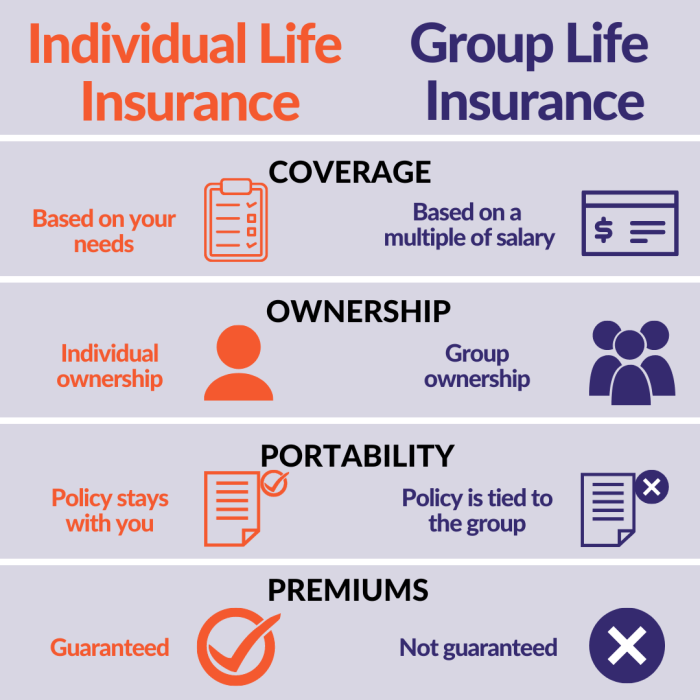Who does the secondary addressee provision protect – The secondary addressee provision, a legal safeguard with significant implications, extends its protective shield over specific parties within the legal landscape. This provision, meticulously crafted to ensure the rights of individuals, plays a pivotal role in safeguarding their interests and upholding justice.
The secondary addressee provision, a cornerstone of legal protection, shields designated parties from potential harm or infringement of their rights. This provision, meticulously crafted to ensure the rights of individuals, plays a pivotal role in safeguarding their interests and upholding justice.
1. Legal Definition of Secondary Addressee Provision

The secondary addressee provision, also known as the “bystander rule,” is a legal doctrine that provides protection to individuals who are not the intended recipients of a communication but who reasonably believe that the communication was intended for them.
The purpose of the secondary addressee provision is to prevent harm to individuals who may be affected by communications that they reasonably believe were intended for them. For example, if a defamatory statement is made about someone in a letter that is mistakenly sent to the wrong person, the secondary addressee provision may allow the recipient to sue for defamation.
The secondary addressee provision has been applied in a variety of cases, including cases involving defamation, invasion of privacy, and negligence.
2. Protected Parties under the Provision

The secondary addressee provision protects individuals who are not the intended recipients of a communication but who reasonably believe that the communication was intended for them.
The criteria used to determine who qualifies as a protected party include:
- The individual must have actually received the communication.
- The individual must have reasonably believed that the communication was intended for them.
- The individual must have suffered harm as a result of the communication.
There are some exceptions to the protection provided by the secondary addressee provision. For example, the provision does not protect individuals who intentionally intercept a communication that is not intended for them.
3. Scope and Limitations of Protection: Who Does The Secondary Addressee Provision Protect

The secondary addressee provision provides protection for a wide range of communications, including:
- Letters
- Emails
- Text messages
- Social media posts
However, the provision does not provide protection for all communications. For example, the provision does not protect communications that are made in public or that are intended to be read by a large audience.
The secondary addressee provision also has some limitations. For example, the provision does not provide protection for individuals who suffer only emotional distress as a result of a communication.
4. Remedies and Enforcement

Individuals who have been harmed by a violation of the secondary addressee provision may be entitled to a variety of remedies, including:
- Damages
- Injunctions
- Attorney’s fees
The process for enforcing the secondary addressee provision can be complex. Individuals who believe that they have been harmed by a violation of the provision should consult with an attorney.
5. Ethical Considerations and Best Practices
There are a number of ethical considerations that arise when applying the secondary addressee provision.
- The importance of protecting the privacy of individuals
- The need to prevent harm to individuals who may be affected by communications that they reasonably believe were intended for them
- The need to balance the protection of secondary addressees with other legal and ethical obligations
There are a number of best practices that can be followed to ensure compliance with the secondary addressee provision and to protect the rights of protected parties.
- Use clear and concise language in all communications.
- Be careful not to disclose confidential information in communications that may be intercepted by third parties.
- Train employees on the importance of protecting the privacy of individuals.
- Have a policy in place for dealing with communications that are mistakenly sent to the wrong person.
FAQ Overview
Who qualifies as a protected party under the secondary addressee provision?
The criteria for determining protected parties vary depending on the specific jurisdiction and legal context. However, generally, individuals who are intended recipients of communications or who have a legitimate interest in the content of communications may be considered protected parties.
What are the limitations to the protection provided by the secondary addressee provision?
The protection provided by the secondary addressee provision may be subject to certain limitations or exceptions, such as time limits or specific circumstances. For instance, in some cases, the protection may not apply to communications that are made in confidence or that involve privileged information.
What remedies are available to protected parties who have been harmed by a violation of the secondary addressee provision?
Remedies available to protected parties may include legal actions such as seeking damages, obtaining injunctions, or pursuing criminal charges. The specific remedies available will depend on the nature of the violation and the applicable laws.